The geothermal energy well at TU Delft campus will provide sustainable heat for various buildings on campus and in the city of Delft. But it provides insufficient heat in winter, and excessive heat in summer. Adding underground seasonal storage allows surplus summer heat to be put to good use in winter. Martin Bloemendal and his team develop the means to make integration of such an underground seasonal buffer possible at a large scale.
Homes, offices, and industrial processes; half of the total energy demand in Europe is related to heating and cooling. Therefore, the energy transition is also a heating transition. Before long, the on-campus geothermal energy well will pump up sustainable heat from a depth of two kilometres. “During most hours in winter, heat demand will exceed the maximum heat capacity of the geothermal well. It is superefficient to store excess heat in summer, for it to be used in winter. It will reduce total energy use considerably,” says Martin Bloemendal, associate professor of Underground Thermal Energy Storage at TU Delft.
Storage in earth layers
Storing excess heat would require a lot of space when done at surface. In urban environments, where heat demand is large, there is limited space above ground. It is why Bloemendal is proposing storing 40-90°C water in earth layers at 100 to 500 metre depth. “It will allow us to generate even more sustainable heat using the geothermal well. Heat that we would otherwise have to generate using the gas-fired peak boilers. It is more energy efficient to use high temperature storage, compared to commonly used underground heat storage that uses water of up to 25° Celsius in conjunction with a heat pump. After all, summertime is when a lot of heat is available to raise the temperature of groundwater to 40-90°C.”
They’ll quickly come to the conclusion that it is anything but straightforward to phase out our gas-fired boilers.
Custom solutions
Originally a designer of geothermal energy systems at a consultancy firm, Bloemendal was quick to realise that a well-organised heat transition required a solid knowledge base. He contacted TU Delft to have students to work on some of his ideas. It evolved into him obtaining a PhD in Aquifer Thermal Energy Storage (ATES) systems in 2018, during and after which his focus also moved to High Temperature ATES (HT-ATES).
Large-scale standardized solutions will allow an accelerated energy transition, but these prove difficult, according to Bloemendal. “The challenge lies in the combination of the many sources of heat that are available and needed, the various temperature levels, and the mix of old and new buildings with diverse heating systems and varying degrees of insulation. Hence, different custom solutions for different conditions seem the only option for upscaling the heat transition. In my research I aim to develop such solutions that are suitable for several typical neighbourhoods, buildings and industries.”
In developing his technical solutions, Bloemendal also takes into account the socio-economic reality of residents and municipalities. “We want to facilitate a gradual switch rather than expecting an entire neighbourhood to transition all at once – which would be impossible to organise.”
The technology is ready, we now want to demonstrate it to be both feasible and economically viable. It’s truly pioneering.
The PUSH-IT project
Continual advances in HT-ATES research have paved the way for the next significant leap. Bloemendal: “The technology is ready, we now want to demonstrate it to be both feasible and economically viable. It’s truly pioneering, which we will do on campus.”
Within the PUSH-IT project, financed by the European Commission, heat will be stored in groundwater reservoirs at a depth of about 200m, with confining earth layers providing natural isolation – much like in a thermos flask. Storing the heat much closer to the surface, when compared to the geothermal well, allows it to be pumped up cheaply.
“The project is a combination of implementation and innovation,” Bloemendal says enthusiastically. The goal is to limit heat losses by means of simulations, monitoring and control. System integration will be optimised by implementing Machine Learning-based control systems. Bloemendal: “Integrating heat storage into an existing heat network is a big operation and something that has never been done before.”
From TU Delft to the city...
The first well, drilled in March 2024, is an exploratory well for detailed mapping the subsurface. It will subsequently also be used for monitoring, once the system is operational. “It allows us to make optimum use of the well,” Bloemendal says. “Having a lower density and viscosity, hot water will rise, much like hot air. We want to minimize this effect.” The well will furthermore be equipped with a system for monitoring ground water quality as well as a distributed temperature sensing.
Subsequently, the campus will add seven wells for the HT-ATES, all of them near the geothermal well. Together, these HT-ATES wells will provide a heat output of approximately 7 megawatts. “This heat will initially be used on campus. But with TU Delft making all its buildings more sustainable, we will be able to connect more and more houses in the city. A true pilot project for a mixed heat demand.
... and the future
A successful demonstration within the PUSH-IT project may kick things into high gear. Bloemendal estimates that, in the Netherlands, about twenty percent of the buildings that have an individual heating system will also have a ground-coupled heat pump by 2050. He also expects that collective systems with a sustainable heat source to have implemented some form of seasonal storage. An important transition that not only requires the right technology, but also the right people to allow large-scale implementation.
“Industry, the consultancy market, and governments are creating plans and visions for the heat transition,” Bloemendal says. “And they’ll quickly come to the conclusion that it is anything but straightforward to phase out our gas-fired boilers.” At TU Delft, we have the knowledge and expertise to offer complete solutions for the heat transition. It would be a waste not to integrate this into our curriculum.” As of this academic year, Bloemendal therefore educates students in the new Heating & Cooling master track of the Sustainable Energy Technology MSc program. “Heat is difficult and complex, which makes it both challenging and fun. I want to transfer my enthusiasm for heat to a new generation of students.”

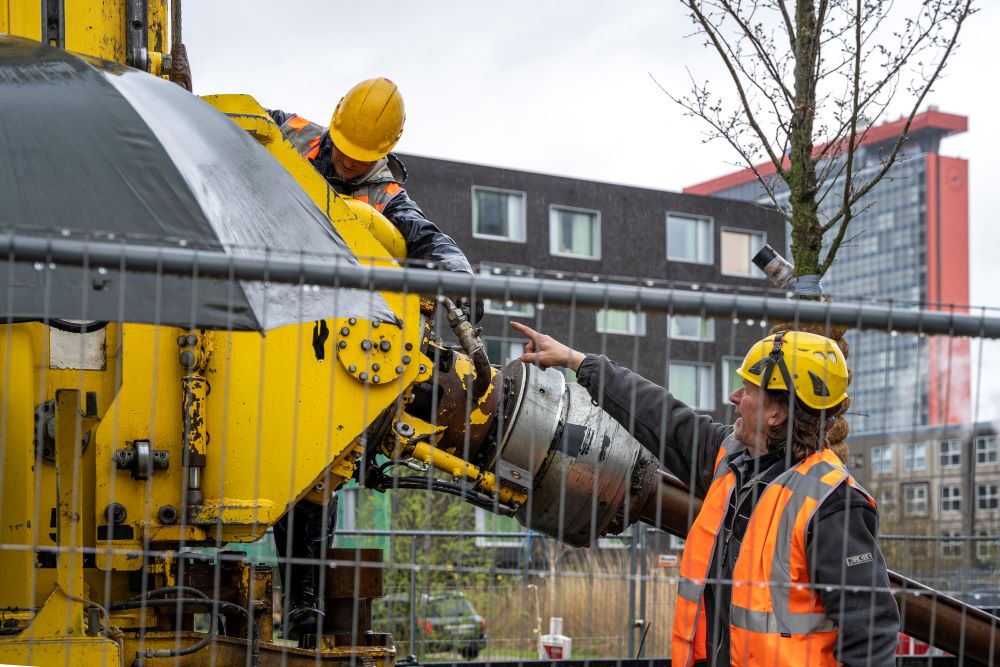
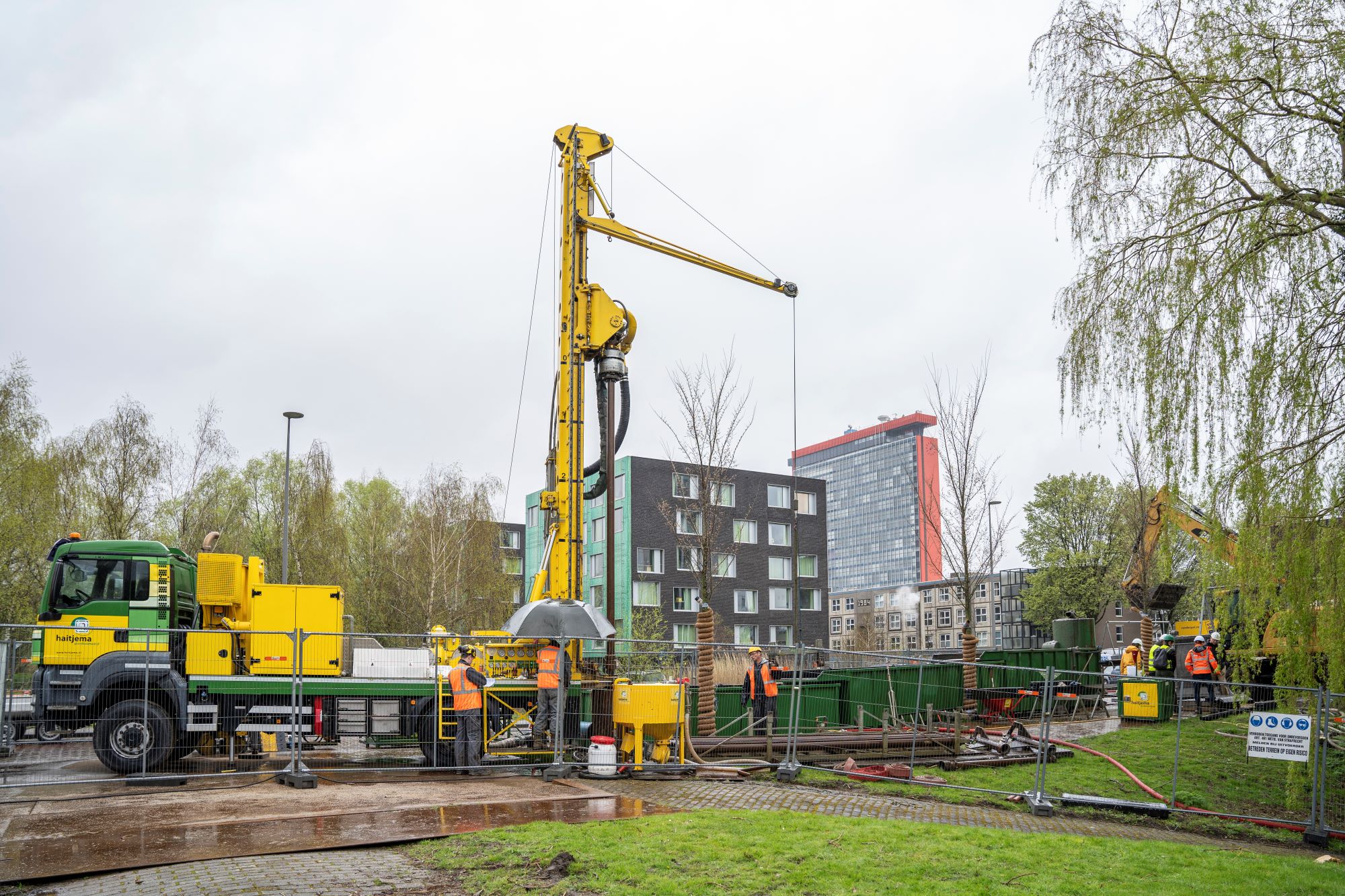
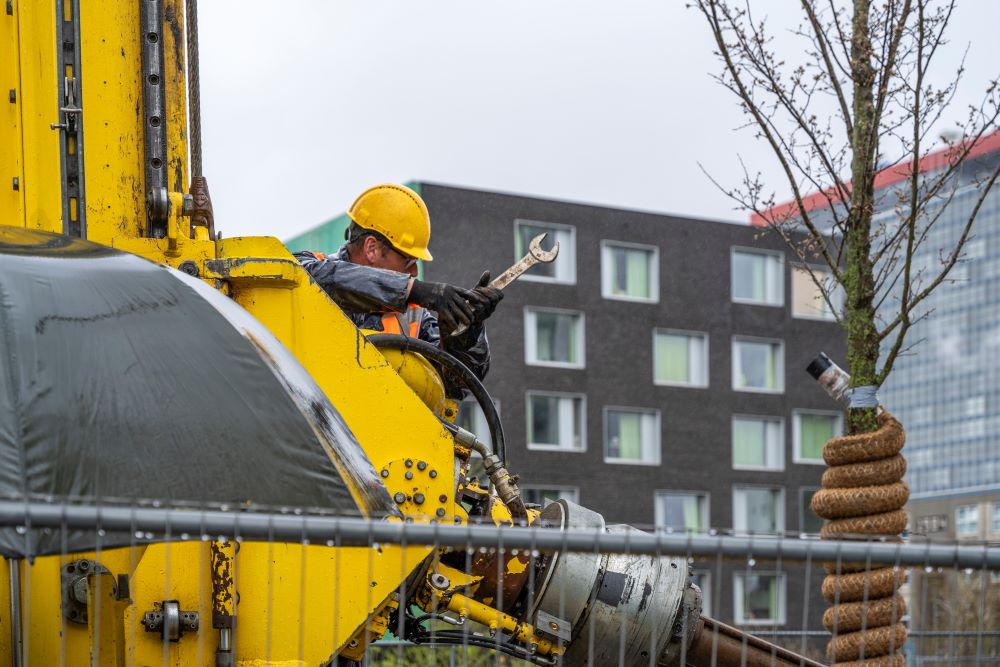
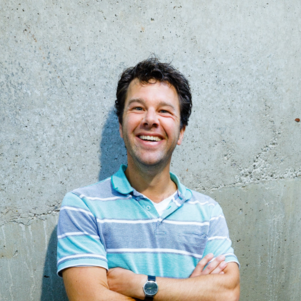
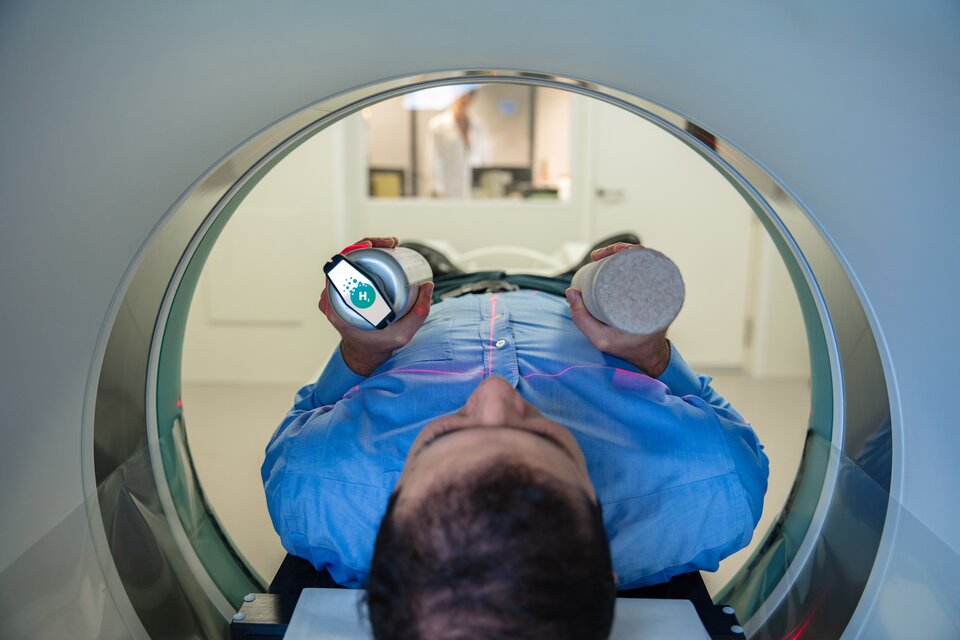
![[Translate to English:] [Translate to English:]](https://filelist.tudelft.nl/_processed_/4/8/csm_Social_d0eff2a4da.jpg)